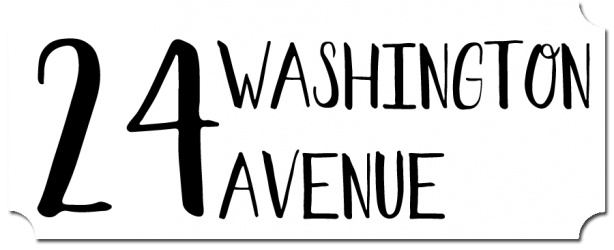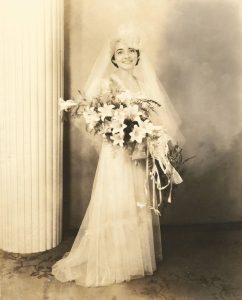When working on the mockup for my 1890s Cutaway Jacket, I found different areas that seemed to have less than clear instructions. In some cases, I had to altogether guess (using the diagram provided as guidance, though it was disconcerting when the clearly described points on my draft seemed to be completely off from the diagram!).
The areas causing difficulty were primarily the neck, shoulder, and armscye.
The complication was that with each adjustment, there seemed to be a knock-on effect elsewhere!
Taking the shoulder up would cause the neck to be smaller and the armscye to be larger.
Taking the underarm seam in caused a fold of fabric to form along the outer bust.
Finally, after weeks of manipulating, basting, fitting, un-basting, re-basting … etc., I came across an article written by Minnie Berry, titled ‘A Talk on Shirt Waists’ from the April 15, 1914 issue of “Farm, Stock and Home”.
It confirmed my observations, but offered some pretty clear troubleshooting advice.
The guidelines are appropriate, I am sure, for any type of upper garment that you need to fit – be it a bodice, shirtwaist, or jacket – and are the most comprehensive instructions I’ve read on the subject.
Do you have any bust/shoulder/arm/neck fitting tips?
See below the excerpt for a couple of additional resources that I found helpful. Continue reading “A Talk on Shirt Waists (cutting and fitting suggestions from 1914)”


 Wh
Wh